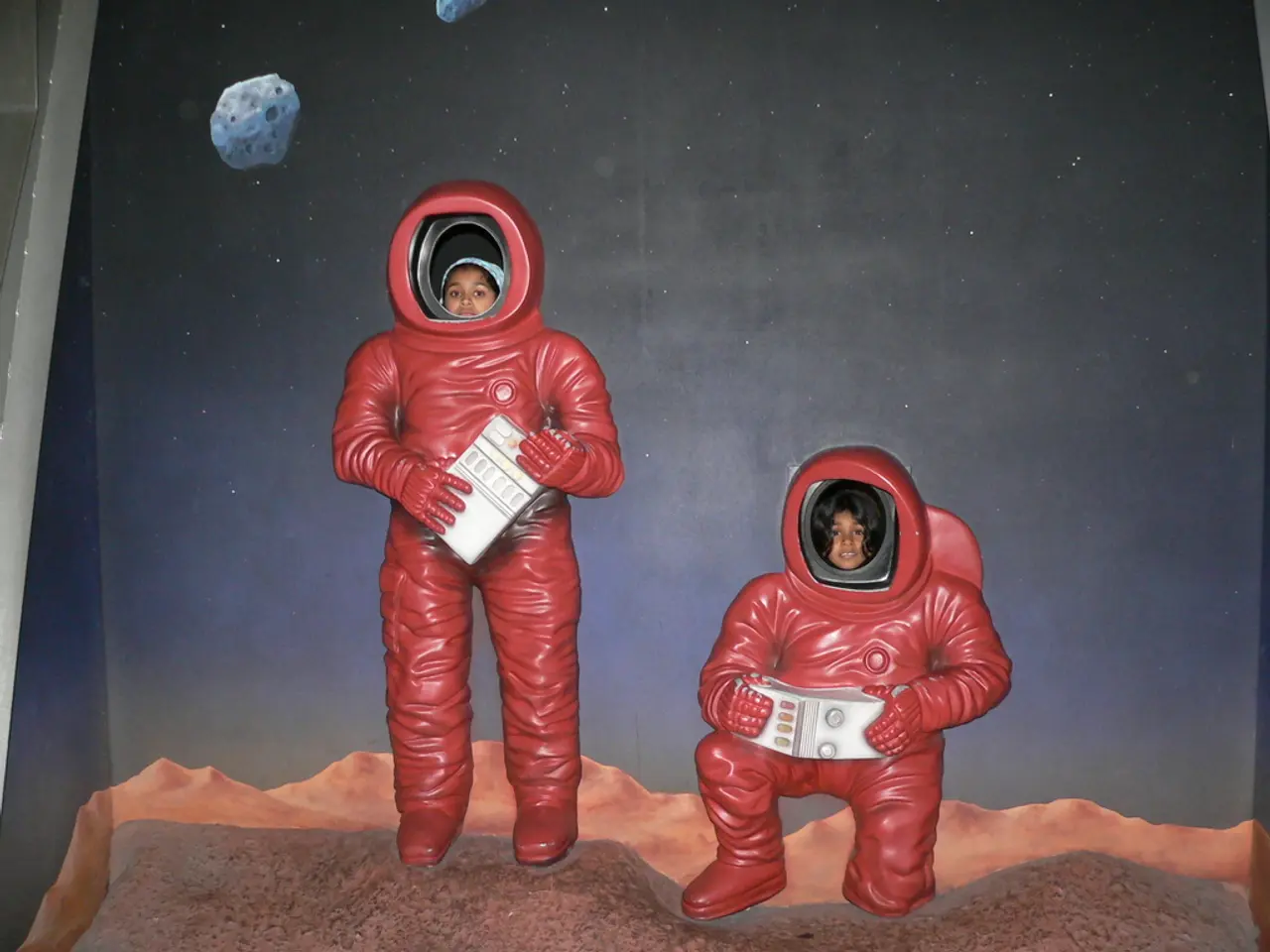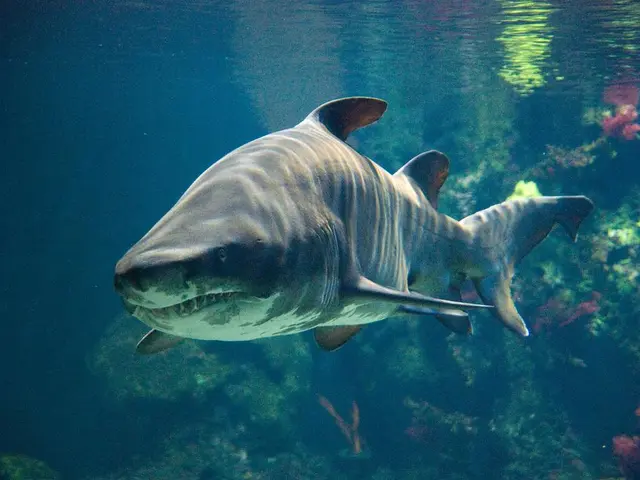Spacecraft carrying Crew-10 team safely lands on Earth, culminating a five-month mission on the International Space Station
SpaceX's Dragon Capsule Successfully Returns Crew-10 Team After Historic Nine-Month Mission
The Crew-10 mission, a significant part of the International Space Station's (ISS) ongoing operations, concluded on August 9 with the successful return of the astronaut crew. The mission, which spanned a remarkable nine months, marked the end of the tenth crew rotation mission of the ISS under NASA's Commercial Crew program.
The SpaceX Dragon capsule, owned by Elon Musk, splashdown occurred off the coast of California at 8:34 local time (17:34 French time). Upon splashdown, the Dragon capsule was retrieved by a SpaceX ship. The crew consisted of Americans Anne McClain and Nicole Mann, Russian Kirill Peskov, and Japanese Takuya Onishi.
During their mission, the Crew-10 team conducted a wide range of scientific experiments focused on biological, physical, and technological research. Key experiments and activities included:
- Plant biology studies: The Rhodium Plant LIFE experiment involved growing wild-type and genetically-modified thale cress plants to study how radiation and gravity at different orbital altitudes affect plant growth. This helps understand plant growth mechanisms in microgravity and space radiation, potentially improving space and Earth agriculture. They also examined growth differences in Swiss chard seeds germinated in space, investigating size, shape, color, and nutritional content changes.
- Spacewalk to upgrade solar power systems: Astronaut Anne McClain conducted a spacewalk installing new International Space Station Roll-Out Solar Arrays (IROSA), which are more compact and efficient, to augment the station’s power generation capacity and support ongoing scientific research.
- Biomedical research: Crew-10 supported investigations aiming at advancing cancer treatments and developing more lifelike robotics.
- Physical and materials sciences, technology demonstrations: The team completed dozens of experiments and demonstrations to push boundaries in low Earth orbit science, including studies that will inform fostering a sustainable space economy and support future human exploration beyond Earth orbit to the Moon and Mars.
- Student-led experiments: The mission included student-designed projects such as the Swiss chard seed study, engaging education and expanding practical microgravity research hands-on.
In total, the Crew-10 crew contributed more than 400 hours supporting over 200 space science investigations funded by the ISS National Laboratory, covering biology, Earth science, human research, physical sciences, and technology advancement.
The Crew-10 mission's focus on scientific experiments contributes to ongoing research in space, benefiting terrestrial applications such as agriculture, medicine, and advanced materials. The departure of the Crew-10 team in March allowed the return of two American astronauts who had been stuck in space for nine months.
The Commercial Crew program under NASA facilitated the Crew-10 mission, which was a part of the ISS's ongoing operations. The previous day, the Dragon capsule detached from the International Space Station, and once on board the SpaceX ship, the Dragon capsule was to be opened to allow the astronauts to exit. The Dragon capsule's rapid descent was slowed by re-entry into Earth's atmosphere and then by massive parachutes.
The ISS crew rotation mission was created to replace the space shuttle era by partnering with the private sector. The astronauts' mission duration was nearly five months. The Crew-10 mission's splashdown time was not specified in the given paragraph. These comprehensive scientific efforts not only promote longer-duration human presence in space but also benefit terrestrial applications such as agriculture, medicine, and advanced materials.
The SpaceX Dragon capsule, with its roots deeply embedded in technology, splashdown occurred off the coast of California at 8:34 local time (17:34 French time), carrying out the Crew-10 team who had conducted extensive scientific experiments such as the study of thale cress plants in space, a project focusing on the impact of radiation and gravity on plant growth, which has potential applications in space and Earth agriculture.
Throughout their nine-month mission, the Crew-10 team, comprising Americans Anne McClain and Nicole Mann, Russian Kirill Peskov, and Japanese Takuya Onishi, also embarked on various scientific endeavors, aligning with France's prominent role in the realms of space-and-astronomy and technology, contributing to ongoing research and terrestrial advancements.




